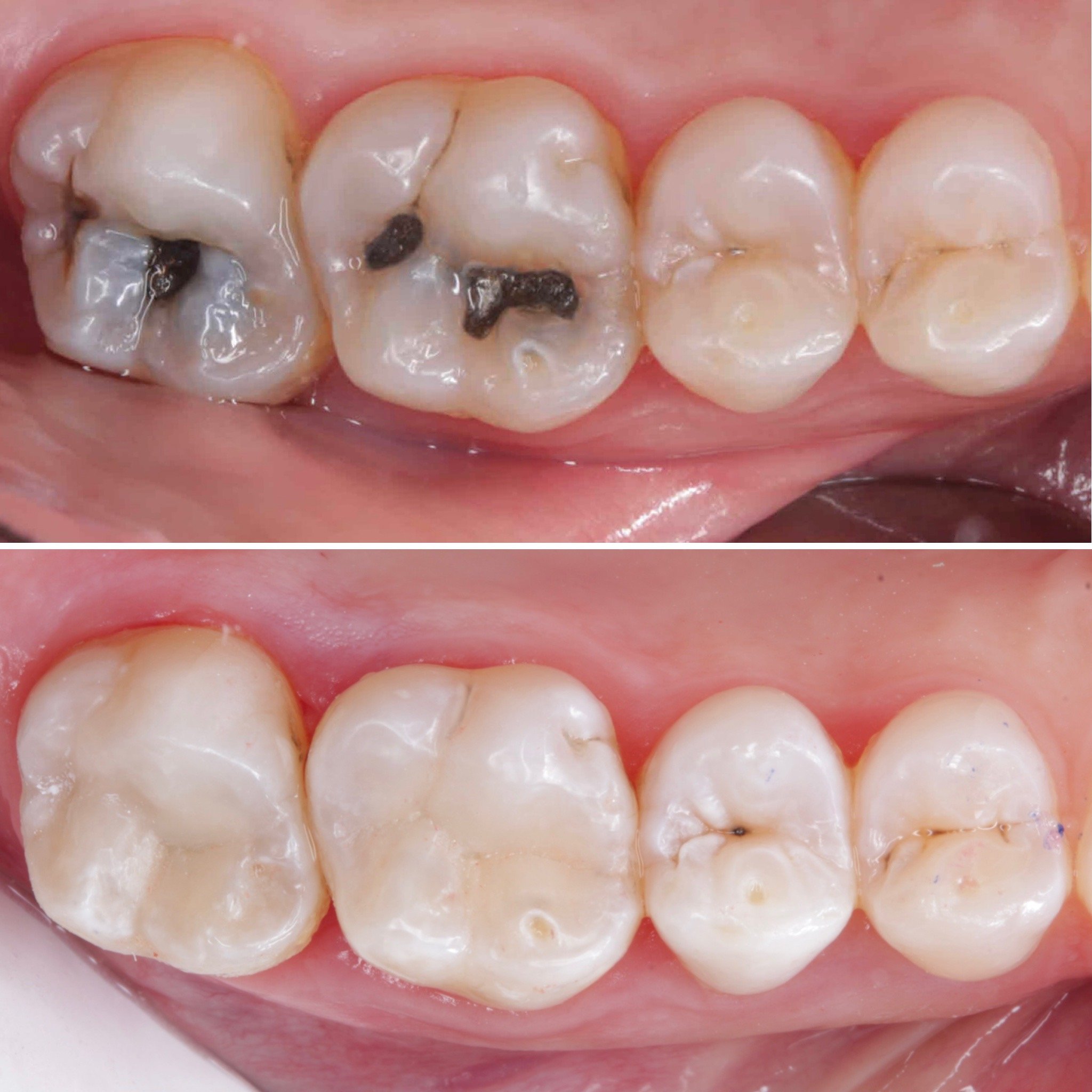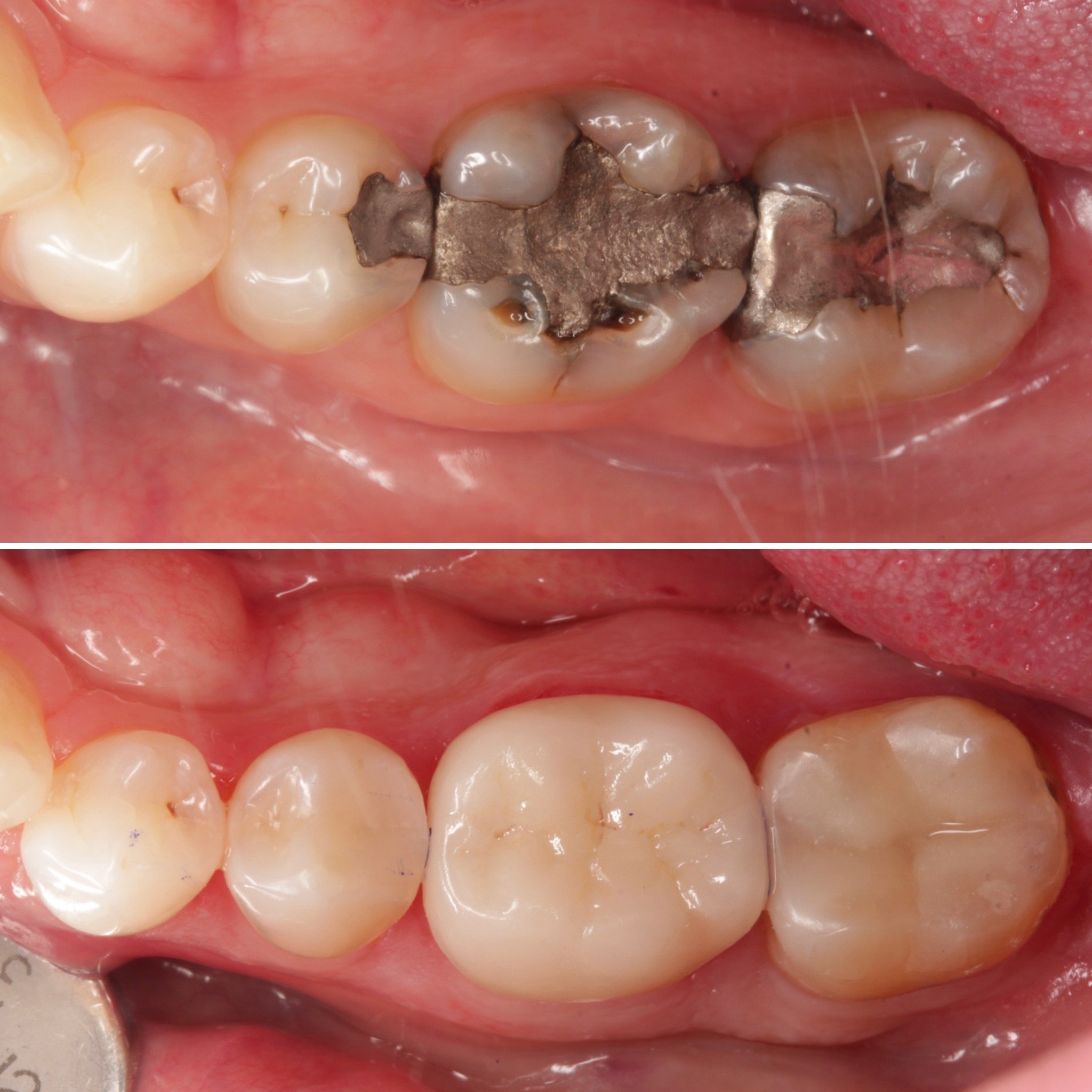Proc and Cons of Amalgam Fillings
Pros and Cons of Amalgam Fillings
Amalgam fillings have been used for decades to restore teeth affected by dental caries or cavities. While they have been a popular choice due to their durability and affordability, there are certain pros and cons to consider when it comes to amalgam fillings:
Pros:
1. Durability: Amalgam fillings are known for their strength and longevity. They can withstand the forces of chewing and biting, making them an excellent option for restoring molars and premolars.
2. Affordability: Compared to other filling materials, such as composite resin or porcelain, amalgam fillings tend to be more cost-effective. This makes them a suitable choice for individuals on a tight budget or those without dental insurance coverage.
3. Ease of Placement: The procedure to place amalgam fillings is relatively straightforward, requiring less time compared to other filling materials. Dentists often find it easier to work with amalgam due to its physical properties.
4. Resistance to Wear and Tear: Amalgam fillings are highly resistant to wear and tear, making them less likely to break or chip over time. This contributes to their overall durability and longevity.
Cons:
1. Aesthetics: One of the main disadvantages of amalgam fillings is their appearance. The silver colour of the material can be noticeable, especially when placed in visible areas of the mouth. This can be a concern for individuals seeking a more natural-looking restoration.
2. Mercury Content: Amalgam fillings contain a small amount of mercury, which may raise concerns for some patients. Although amalgam has been deemed safe by numerous studies, there is still ongoing debate over the potential long-term health effects of mercury exposure.
3. Expansion and Contraction: Amalgam fillings have the tendency to contract and expand in response to temperature changes in the mouth. This can lead to microleakage over time, allowing bacteria to penetrate and cause recurrent cavities.
4. Tooth Structure Removal: When preparing a tooth for an amalgam filling, dentists often need to remove healthier tooth structures to create retention grooves and angles. This removal of healthy tooth structure can weaken the tooth and potentially increase the risk of fractures in the future.
In conclusion, amalgam fillings have advantages in terms of durability, affordability, ease of placement, and resistance to wear and tear. However, their cons outweigh Proc. With the advancement of the technique we use in our clinic, we can achieve safe removal with rubber dam isolation and superior restorative results with composite fillings.
Click on the link below to see what makes our composite filling superior quality.
Click on the link to see our portfolio of work.


